Skywire is a new decentralized Internet for the modern world. It is a peer-to-peer mesh network spanning the globe that incentivizes participation and connects people without reliance on a provider for service.
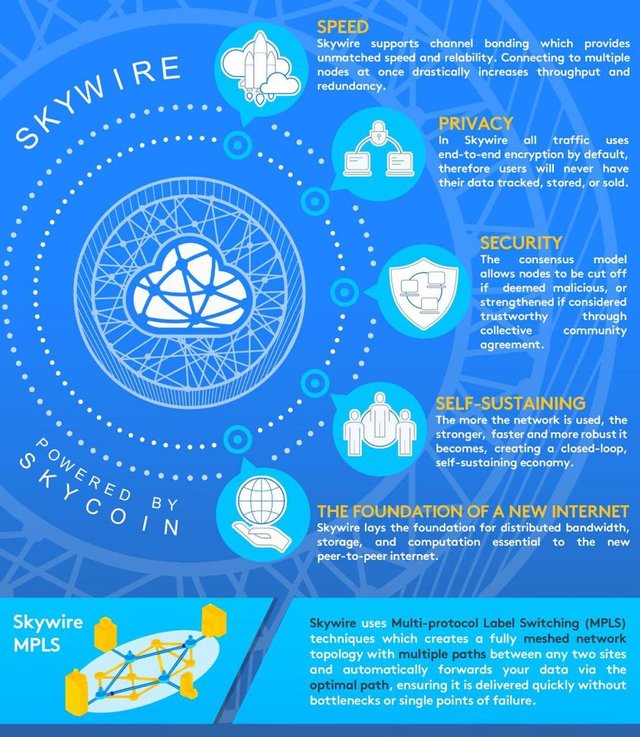
Skywire is the next evolutionary step in the Internet’s development and use. Skywire breaks the chokehold that Internet service providers (ISPs) have on the market by giving the power back to the people.
They do this by providing a decentralized community-driven mesh network where users themselves will own and control the network’s infrastructure. Their goal is to provide everyone with access to a fast, secure, private and reliable Internet.
The Skywire mesh network runs on widespread user-owned nodes, which come together to provide the infrastructure for the network, allowing communities to power their Internet access.
WHAT IS WRONG WITH THE PRESENT INTERNET?
Nearly 30 years ago, Tim Berners-Lee, a British computer scientist, proposed a global system of technology that would change history: the World Wide Web.

In 1989, Tim Berners-Lee submitted a proposal to CERN that ultimately became the World Wide Web. https://t.co/9SthLIjpKs pic.twitter.com/QJoenDFtyl.
Rather than celebrate the fact that the Internet has come to stay, Berners-Lee instead recently decided to speak out on the three trends that have him “increasingly worried” about the fate of the present Internet.
He pointed out that personal data has become the currency on the Internet, with major tech companies like Google and Facebook tracking the activities of people in order to sell targeted advertisements.
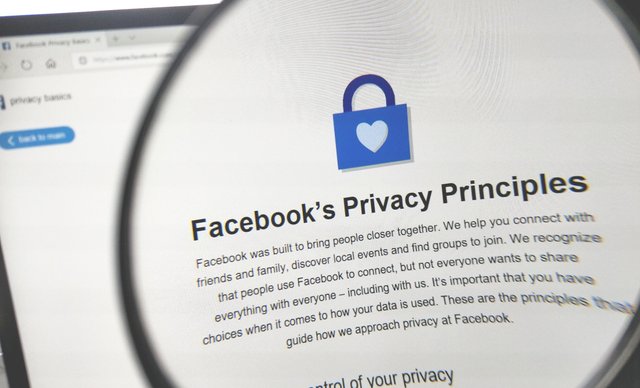
Specifically, Berners-Lee criticized the terms and conditions agreements many websites use in exchange for allowing users to access the sites. These agreements often allow the sites to then track and sell personal data, but it is commonly accepted that most users never read those agreements and simply consent as quickly as possible.
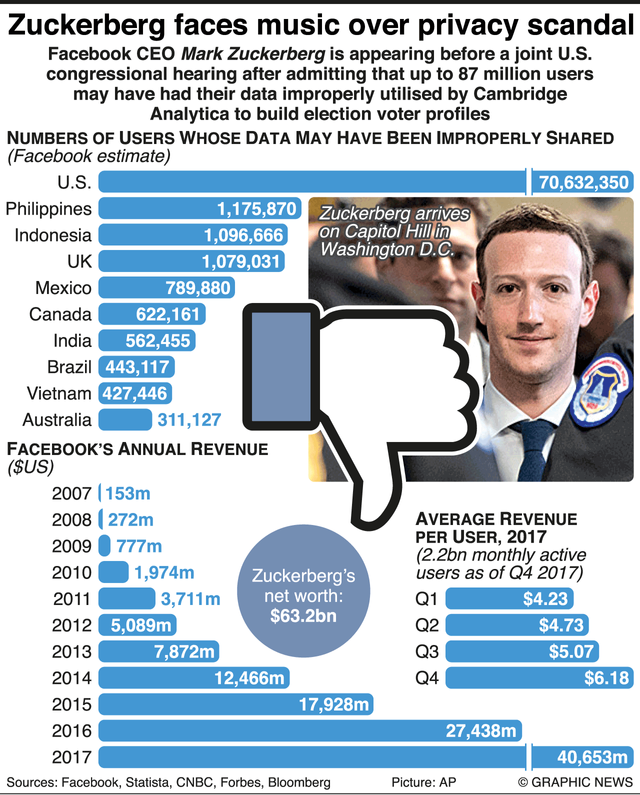
Berners-Lee also raised concern about governments’ abilities to track and monitor online activity and the impact that might have on free speech and the opportunities the web provides for exploration of “important topics, such as sensitive health issues, sexuality or religion.”
Two-thirds of the world’s Internet users live in countries where criticism of the government can be censored, while just 24 percent live in countries where Internet usage has been classified as “free.” And that trend is only becoming worse, as Freedom House found that Internet freedom has declined across the world over the past six years.
Thirdly he criticized how easy it has become a tool for “misinformation” to spread across the web. Specifically, he pointed to the fact that most news is spread through just a few search engines and websites, which are designed to indulge “our biases.”

Indeed, social media has become one of the primary sources of news for American adults, according to the Pew Research Center, and a majority of Americans get their news from just one website.
In particular, 44 percent of Americans get news on Facebook, which has been criticized by some for its perceived influence on the presidential election.
Berners-Lee called on Facebook and Google, among other sites, to combat fake news and allow users to retain some rights over their personal data. He also advocated for less government surveillance, while at the same time calling for new laws to control how political campaigns can use personal data.
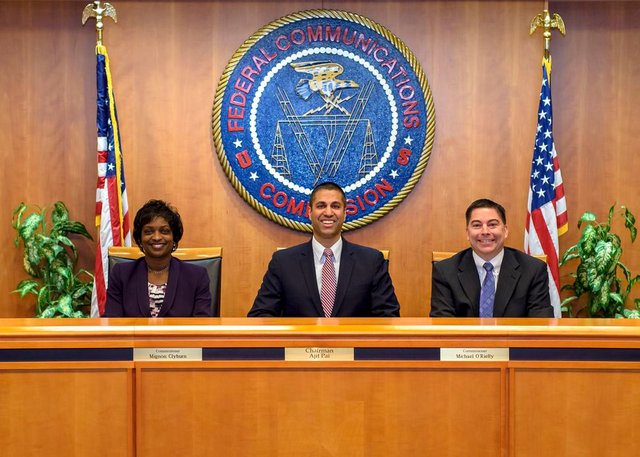
In addition to all these above, FCC’s failure to promote net neutrality means that large ISPs will continue to tighten their grip until they achieve a stranglehold over Internet experience. Fees will rise. Throttling, censorship, and manipulation could become the norm. Users will have less power than they’ve ever had as their browsing data, privacy, and individuality is bought and sold by corporations looking for a profit.
Every day we are inundated with breaches these big organizations are involved in the present Internet with the privacies of our data.
Google has admitted that, even though it has stopped scanning your Gmail accounts for ad targeting, it still continues to Allow Apps to Scan Data From Gmail Accounts. In a letter to Senators which fell into the hands of CNN, Susan Molinari, VP of public policy and government affairs at Google confirmed: "Developers may share data with third parties so long as they are transparent with the users about how they are using the data"
Facebook’s privacy problems severely escalated last month when the social network disclosed that an unprecedented security issue, discovered September 25, impacted almost 50 million user accounts. Unlike the Cambridge Analytica scandal, in which a third-party company erroneously accessed data that a then-legitimate quiz app had siphoned up, this vulnerability allowed attackers to directly take over user accounts.

The social network already faces multiple investigations into its privacy and data-sharing practices, including one probe by the Federal Trade Commission and another conducted by the Securities and Exchange Commission. Both have to do with its disclosures around Cambridge Analytica.
Very recently the world greatest violators of people’s privacy were beaten to their own game when China used tiny microchips to infiltrate America’s top companies.
The attack by Chinese spies reached almost 30 U.S. companies, including Amazon and Apple, by compromising America’s technology supply chain, according to extensive interviews with government and corporate sources
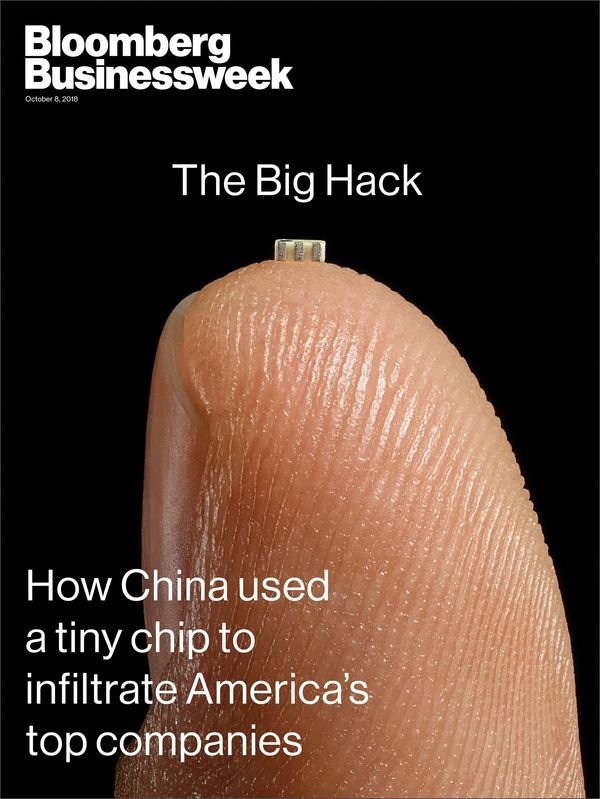
Investigators determined that the chips allowed the attackers to create a stealth doorway into any network that included the altered machines. Multiple people familiar with the matter say investigators found that the chips had been inserted at factories run by manufacturing subcontractors in China.
This attack was something graver than the software-based incidents the world has grown accustomed to seeing. Hardware hacks are more difficult to pull off and potentially more devastating, promising the kind of long-term, stealth access that spy agencies are willing to invest millions of dollars and many years to get
A Chinese military unit designed and manufactured microchips as small as
a sharpened pencil tip.
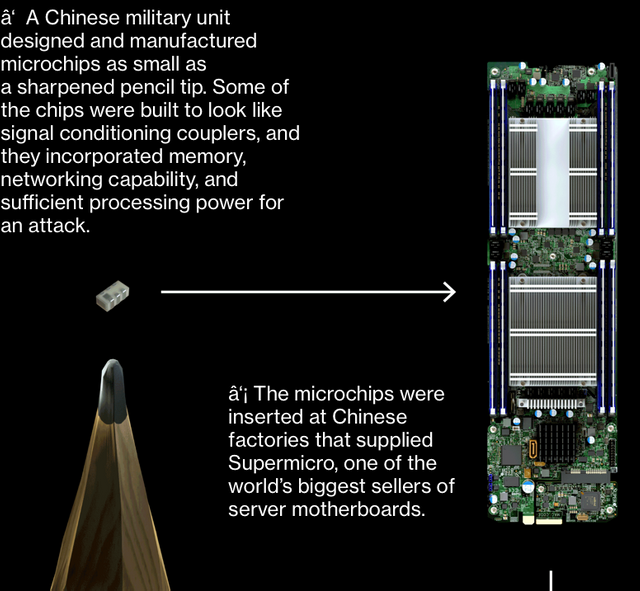
Some of the chips were built to look like signal conditioning couplers, and they incorporated memory, networking capability, and sufficient processing power for an attack.
The microchips were inserted at Chinese factories that supplied Supermicro, one of the world’s biggest sellers of server motherboards.
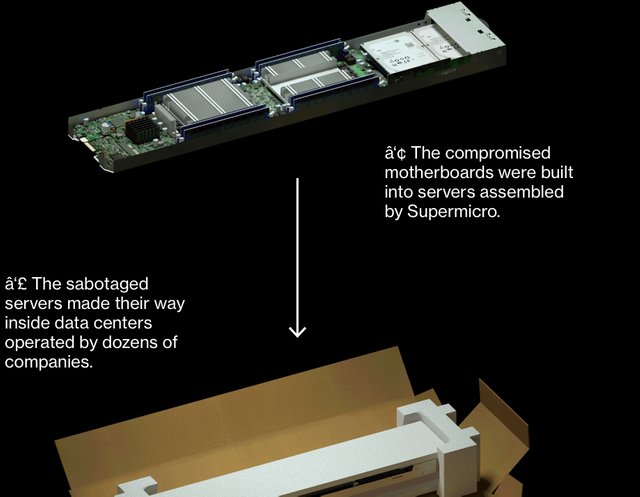
The compromised motherboards were built into servers assembled by Supermicro.
The sabotaged servers made their way inside data centers operated by dozens of companies.
When a server was installed and switched on, the microchip altered the operating system’s core so it could accept modifications. The chip could also contact computers controlled by the attackers in search of further instructions and code.

These are very serious breaches with grave consequences but I have heard a lot of people say I have nothing to hide, why should I care?
It doesn’t matter if you have “nothing to hide”. Privacy is a right granted to individuals that underpins the freedoms of expression, association, and assembly; all of which are essential for a free, democratic society.
POLITICAL AND GOVERNMENT VIEW ON PRIVACY
The statement from some politicians that “if you have nothing to hide then you have nothing to fear” purposefully mis-frames the whole debate.
This affects all of us. We must care.

Arguing that you don’t care about the right to privacy because you have nothing to hide is no different than saying you don’t care about free speech because you have nothing to say. --- Edward Snowden
Your freedom of expression is threatened by the surveillance of your internet usage – thought patterns and intentions can be extrapolated from your website visits (rightly or wrongly), and the knowledge that you are being surveilled can make you less likely to research a particular topic. You lose that perspective, and your thought can be pushed in one direction as a result. Similarly, when the things you write online or communicate privately to others, are surveilled, and you self-censor as a result, the rest of us lose your perspective, and the development of further ideas is stifled.
Your freedom of association is threatened by the surveillance of your communications online and by phone, and your freedom of assembly is threatened by the tracking of your location by your mobile phone. Can we afford to risk the benefits of free association, the social change brought by activists and campaigners, or the right to protest?
At every point in history, who suffers the most from unjustified surveillance? It is not the privileged, but the vulnerable. Surveillance is not about safety, it’s about power. It’s about control. – Edward Snowden
By creating databases and systems of easy access to such a great volume of personally revealing information, we increase the scope of mass surveillance, and therefore the scope for infringements upon our human rights.
Privacy is rarely lost in one fell swoop. It is usually eroded over time; little bits dissolving almost imperceptibly until we finally begin to notice how much is gone
HOW IS SKYWIRE DIFFERENT AND HOW WILL IT SOLVE THE PROBLEMS OF THE PRESENT INTERNET
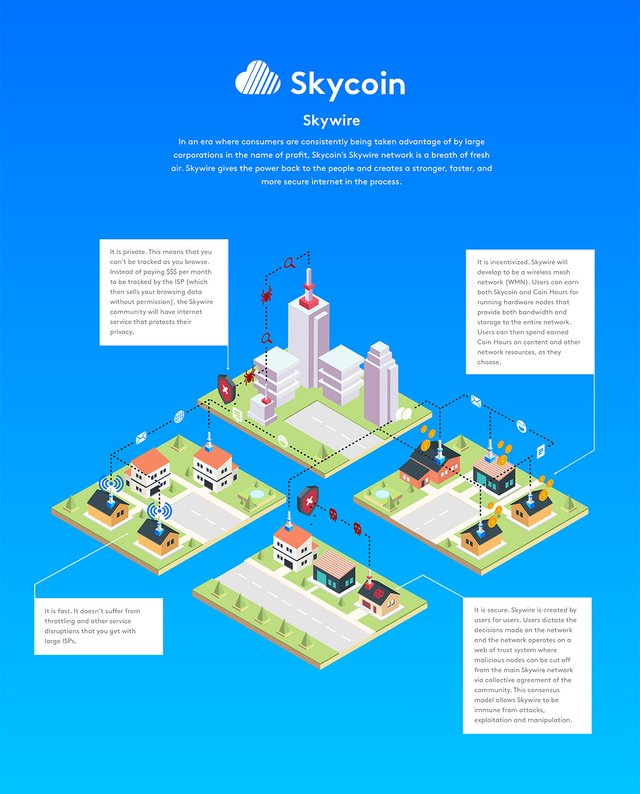
Skywire was developed to address problems with the Internet itself. There are many attack points especially for governments since they have large control over the infrastructure. But also large ISPs are pretty bad to their customers. All of these problems are due to the centralization of the Internet.
Skywire creation is to decentralize the web and take back power from the forces that have profited from centralizing it.
The whole essence of Skywire is to create a digital utopia where individuals control their own data and the Internet remains free and open
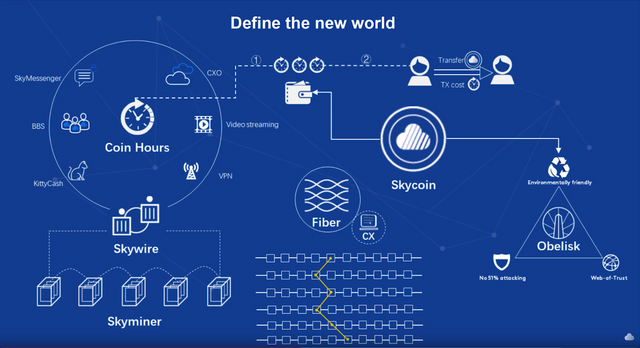
The idea of a new Internet isn’t quite brand new. In 2006, Raj Jain wrote a paper for the IEEE Military Communications Conference. Skywire agrees that the “next generation Internet should be secure” and more flexible in terms of allowing individuals, in particular, to “set the policies for how and where they receive their information.
Skywire was developed as an alternative Internet with a groundbreaking, novel technology that wrestles the control from large Internet service providers (ISPs) and gives it back to the users. Its peer-to-peer model promotes net neutrality and sharing of content without blocking, slowdowns, or censorship. Skywire’s open-access network preserves privacy and encourages free speech. The mission in creating Skywire is to shape the Internet’s future for the better.
Sounds too smooth to be true? Let’s get into the details.

Skywire is a peer-to-peer alternative network that takes control from ISPs and gives it back to the users. Peer-to-peer technology doesn’t require you to give up your identity and data to access content. Skywire provides a blockchain-based decentralized network where you can browse securely and privately. With Skywire, you own your data. You control your own experience. It’s a truly free and open Internet.
A free Internet has benefits that go beyond user experience. It provides a platform for innovation.
Developers can create freely without being smothered by powerful corporations. When all sites are treated equally, the public benefits from increased transparency and information on topics ranging from policy to health. Creativity can flourish. Art becomes accessible to a broader demographic. Diverse perspectives can spread and be heard. Free speech can thrive. Users can choose their own experience and create their own content, rather than consuming a limited set of corporate products.
Sky wire will be developers, hackers, and Internet activists delight.

Developers have always had a certain amount of revolutionary spirit. Circumventing government spies or corporate overlords may be the initial lure of Skywire, but the bigger draw will be something even more appealing to hackers: freedom. In the centralized web, data is kept in silos–controlled by the companies that build them, like Facebook and Google. In the decentralized Skywire, there are no silos.
Skywire’s revolutionary new networking protocol is already changing the Internet, as we know it. The protocol is based on Multi-Protocol Label Switching (MPLS).
Benefits of MPLS include speed, quality of service, reliability, and security. Skywire goes beyond these standards to deliver an even faster, better network. It’s designed for high performance and maximum privacy, allowing users to bypass ISPs and take control of their experience, essentially becoming their very own ISP.
The objectives of Skywire are
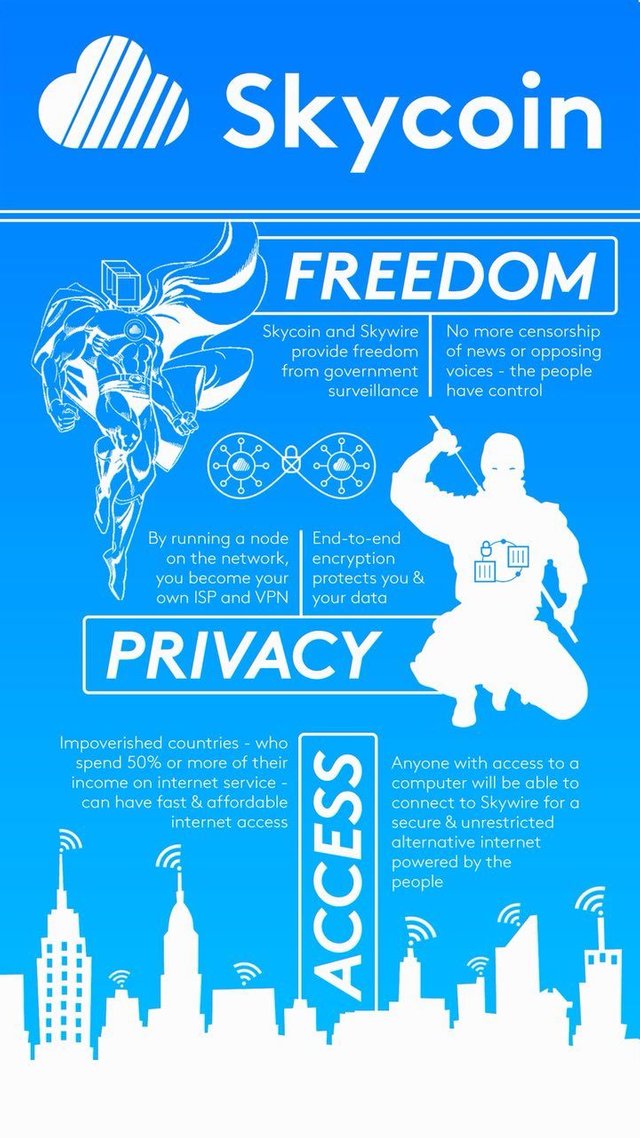
• Increase broadband competition. Provide an alternative to existing ISPs. Span last mile.
• Enable communities to build ISPs running on user-operated infrastructure.
Skywire is a new darknet protocol.
• Low Latency (as fast as TCP/IP and theoretically faster on a native network)
• High Performance (designed for video, file sharing, and high throughput applications)
• Supports Operation Over Wifi (Meshnet)
• Supports Clearnet Operation (Darknet/Overlay)
Skywire solves the incentive and leeching problem for network deployment.
• Users receive Skycoins for providing network resources
• Users consume coins for consuming network resources
Skywire is open access.
• Anyone with a client is able to connect to any Skywire node
• The objective is to create a global open access meshnet
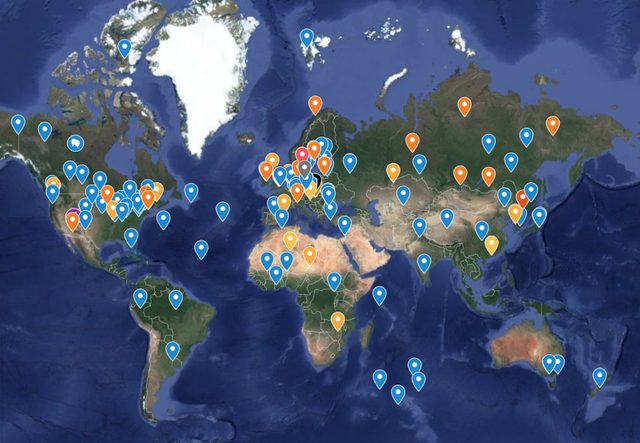
Skywire is privacy preserving.
• The traffic passing through your node cannot be traced back to your IP address
• Nodes forwarding traffic can only see the previous and next hop
• Third parties passively observing cannot link individual packets to a stream or user
• Third parties and forwarding nodes cannot read contents of traffic .
Any kind of application that works over the Internet, can also work over Skywire. Videos, file storage, VPNs, all of it. Using Skywire will be free, but users can pay nodes in the network for forwarding their traffic, to receive better bandwidth and priority service.
This provides long-term demand for Skycoins. Initially, the Skycoin Project will use some of the undistributed coins to subsidize operators of nodes on the Skywire network, to get it going.
Skywire uses software-defined networking and in the initial phase, the Skywire network will run over the existing internet/ISPs.
The antennas prototypes have been fully developed and are in the mass production process.

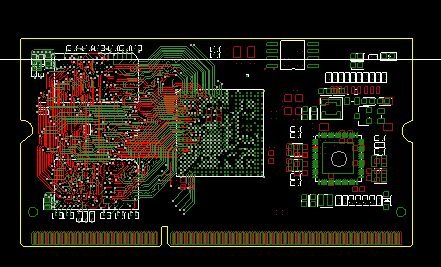
They will be sent out to the community before or at year end, the community will have to take the initiative to install these on buildings around the world, so the mesh network phase is ambitious with a long-term focus.

One major challenge with typical mesh networks is that there are no incentives to run a node. This project seeks to change that by offering an incentive in cryptocurrency for hosting a node.
Originally, all Skycoins were premined in the genesis block and are locked so that only 5% per year can be released after the first 25 million or so are released (currently, around 9 million of 100 million total have been distributed over the past 5+ years).

The rest of the 100 million is scheduled to be released over the next 14+ years, again to the community that hosts the network, gets involved in their local communities to help others to install antennas, etc. The developers are also working on a cheap plug-and-play node that will allow the average Internet user to route their traffic over Skywire even if they maintain their ISP connection

HOW WILL PAYMENTS WORK ON SKYWIRE

A user would likely hold Skycoin in their wallet. Each Skycoin generates 1 Coin Hour for each Skycoin held, each hour.
The Coin Hours are the currency that will actually be used for access on Skywire.
So, for example, if you bought 50 Skycoin, each day would generate 50*24 = 1,200 Coin Hours.
Those Coin Hours, which don’t cost you anything after the initial investment, would then be used to pay for services on Skywire (bandwidth, file storage, etc.).
The exact payment rates for bandwidth are still being finalized but the point is that after the initial investment, there are no recurring costs unless you use a lot of bandwidth, and if you do, then you could always buy more Skycoin to generate more Coin Hours (or buy Coin Hours on an exchange).
On the other side, node operators will be able to use the Coin Hours in KittyCash and other blockchain games that are being developed, for exchange fees, and convert them into USD for example (albeit at fractions of a penny most likely, depending on demand).
In addition to the payments to node operators from people using the network, the developers are also supplementing the operators as I mentioned above. There will also be a limited premium tier on the network for people who don't have Skycoin/Coin Hours.
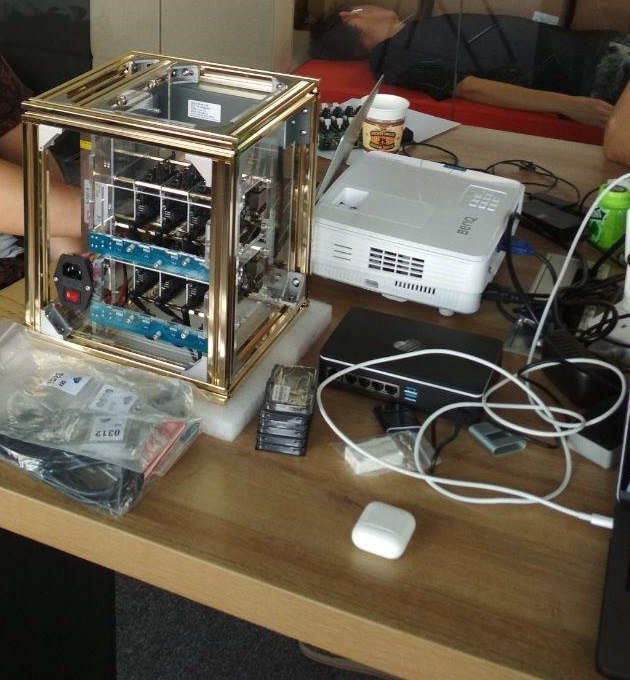
Nodes want to forward traffic and receive coins. This is the equivalent of “mining” in Skycoin and how many users will get their first coins.
Payments for transit should not reveal the identity of the source node. Skycoin will use blinded escrow payments through a third party until a better protocol is developed.
Each node in route records traffic and the origin node records traffic. They settle bandwidth payments periodically.
The origin holds coins in escrow with a third party. A pseudonym account is created with the third party. Each node can verify the reputation of the origin and payment ability through the third party, without learning the identity of the party. To the third party, each origin will appear as multiple unlinked pseudonym accounts. Each transit node will appear as multiple unlinked pseudonym accounts.
Small transactions will be settled internally, in off-blockchain transactions. The off-blockchain transactions can be withdrawn into a newly generated, never used before address once the balance exceeds a threshold (currently 1 Skycoin). This reduces blockchain bloat and encourages microtransactions to be performed off-blockchain.
FEATURES OF AND HISTORICAL DEVELOPMENT OF SKYWIRE
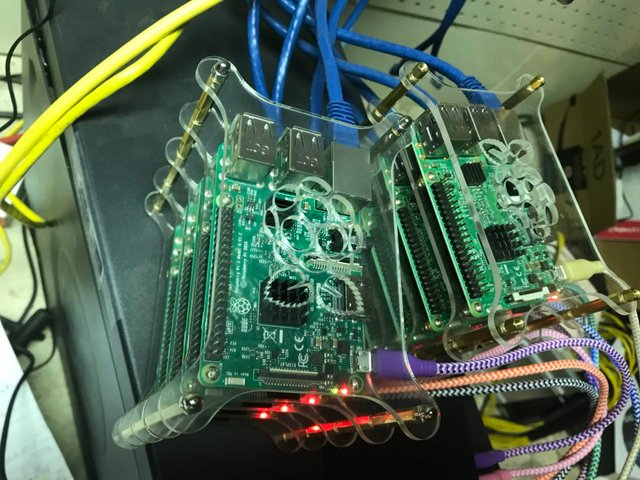
-Default link level encryption and end-to-end encryption.
-IP addresses replaced by public keys. Source routed.
-Codress messaging (the destination and source of communications are not revealed).
- Payments to nodes from bandwidth consumers, to bandwidth producers. It is actually a completely new type of networking.
-A solid crypto library https://godoc.org/github.com/skycoin/skycoin/src/cipher
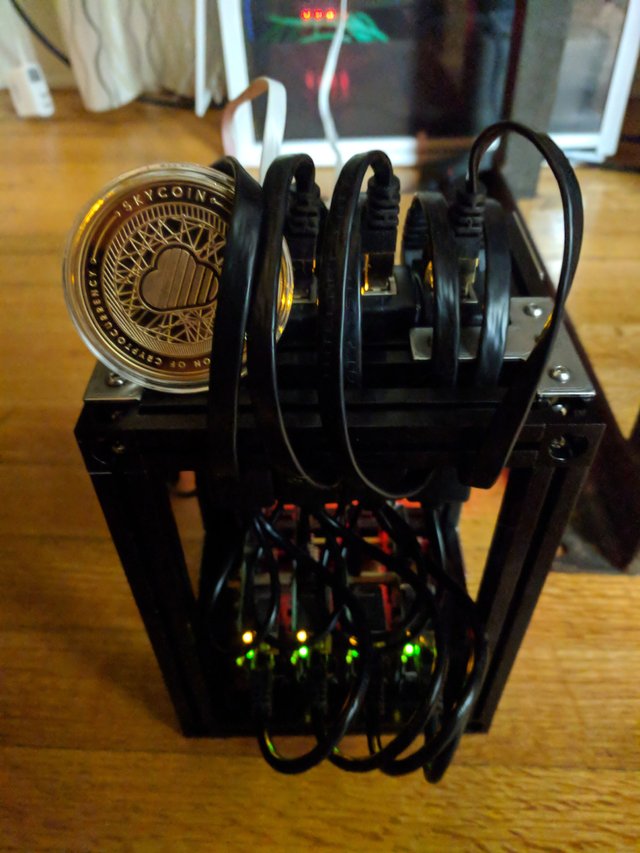
Prototypes of content addressable storage and peer-to-peer object replication protocols for social media, the blockchain, file sharing, and next-generation Internet
A new scripting language for blockchain applications. That is flexible enough to replace SQL for ERP systems and which has applications in IoT.
A networking and packet serialization and binary RPC with near zero overhead
Social media test applications built on top of the meshnet and content addressable storage primitives. Example. Your identity is a public key. You create a tweet; you hash the tweet (content addressable storage) and sign the hash with your private key. You publish the tweet. Everyone who is subscribed to your feed (your public key) replicates the data peer to peer. This is like BitTorrent but for data/websites/tweets/blog posts, everything.
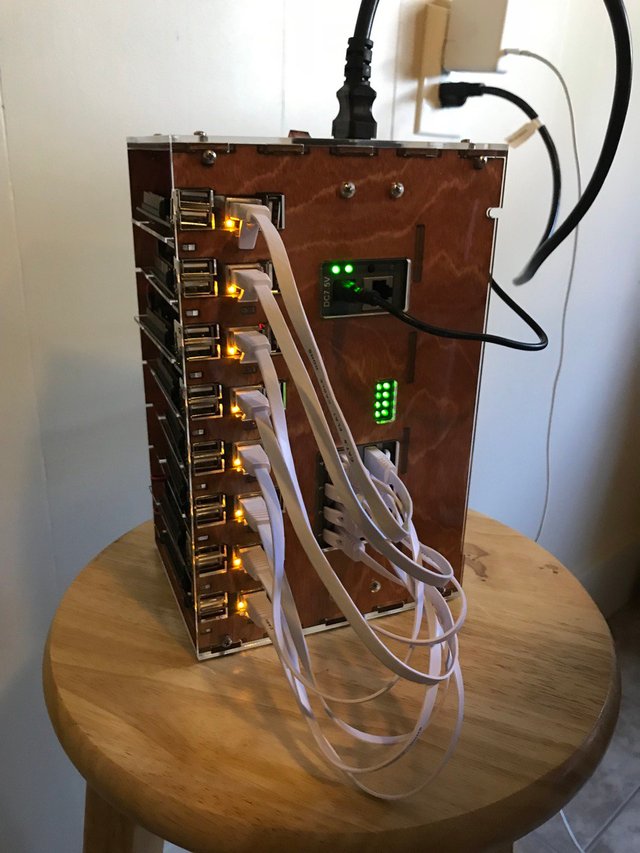
A multihop VPN application that can tunnel over the meshnet (can do Shenzhen->Beijing->Russia or Shenzhen->Hong Kong->Japan->Russia and choose geographic data paths, based upon latency and throughput instead of accepting default data path. Can bond bandwidth from multiple independent paths). This is done, but only works for OSX/Linux and does not have a GUI yet.
A secure messaging app, similar to TOX that allows you to send messages to people based on their public keys. Secp256k1+ChaCha20
A native IPFS implementation using the Skycoin crypto primitives and networking.
Ability to send and receive invoices and receipts by public key over the messaging facility
Asynchronous minimalist messaging facility, similar to XMPP (but binary instead of XML
A node manager for managing dozens or hundreds of meshnet nodes, from a central command server. Checking status, adding routes, SSHing to a node, deploying processes. Auto updating.
Analytics for Skycoin Meshnode pluggable transport. One-way latency. Two-way latency. Packet drop rate. Throughput/bandwidth at different time scales and resolutions.
"Pluggable transport" interface and specification for node-to-node connections. Transport can be tunneled over HTTPS, SSL, SSH or an IoT protocol in the future. The transport is swappable.
Exchange API for facilitating bandwidth micropayments, without going through the blockchain (off chain payments through a third party).
Route lookup service and crawler service for determining mesh connection topology.
Golang object serialization library
Golang content addressable storage object library
Database and network replication libraries for content addressable golang/storage objects (blocks, transactions, social media posts, files, etc.)
Library for saving files to disc, so that they are not corrupted, when power fails in the middle of save. The corrupted files crash the node on the next startup and frustrate automated deployment of a large number of nodes. Hash objects/content addressable storage is also more immune to data corruption and detects flipped bits and media/RAM failure automatically. Corrupted objects can be discarded and redownloaded from the network.
A new console in OpenGL, so that Skywire can have a cross-platform command line for node administration. Skywire actually had a new console written in Golang/OpenGL, so that they can get the same interface on OSX/Linux/Windows etc.
Standardization of containerizing reading/writing to disc for a given applicationStandardization of how application renders GUI (JSON API, angular, typescript)
Containerizing networking (only through meshnet, connection by pubkey)
Starting and stopping processes on nodes .

The second and concluding part part of this article follows shortly
Great write up ..I will resteem it ...
https://steemit.com/internet/@thelifeofbrian/active-meshnet-nodes-ploted-on-google-maps
I have made a google map with all the active meshnet nodes I know of..
If you know of more please point me in the right direction..
Downvoting a post can decrease pending rewards and make it less visible. Common reasons:
Submit
That's very interesting.
There's a lot of stuff to digest there.
Is this Skywire network currently up and running?
And can it reach across long distances like the Atlantic ocean and if so how?
Downvoting a post can decrease pending rewards and make it less visible. Common reasons:
Submit
I have this same question. AND...apparently you can't resteem an article over a week old. Sorry!
I'd ZERO this one out and re-post by C&P if it were me...
Downvoting a post can decrease pending rewards and make it less visible. Common reasons:
Submit
It's all beyond me, but I like the intent VERY MUCH.
Resteeming.
Downvoting a post can decrease pending rewards and make it less visible. Common reasons:
Submit